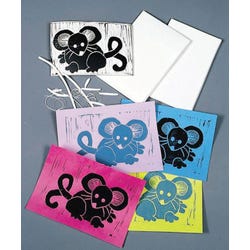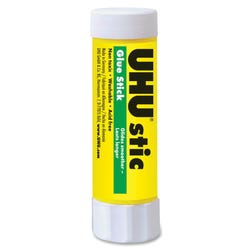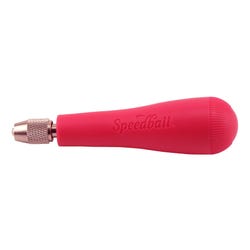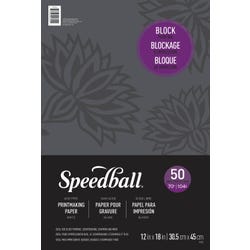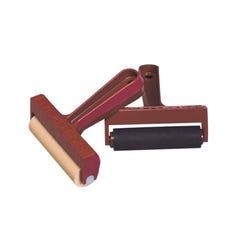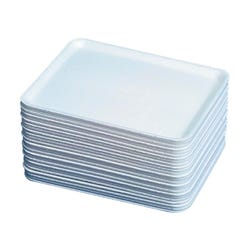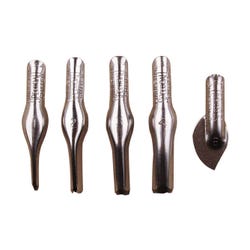Stories On A String
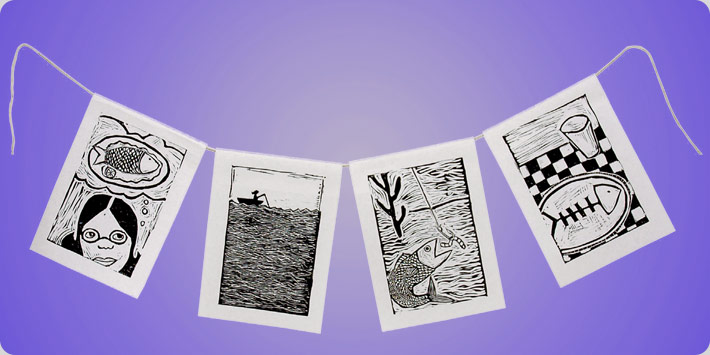
Description
Jose Francisco Borges is a distinguished Brazilian poet and woodcut artist. He began his artistic career producing Literatura de Cordel or Stories on a String, a traditional form of Brazilian folk art that began in the 19th century. The Literatura de Cordel began as poems in words and pictures that were sold at county fairs or open markets. They were in the form of small pamphlets and were exhibited hanging over a string across the front of a vendor's booth-hence the name Stories on a String. Often fables and folktales were influences for the stories, but they were also based on sacred stories, local politics or cultural heroes. Borges began writing his poems and taught himself to makewoodcut prints to illustrate his pamphlets. He would travel from fair to fair selling his "chap-books" as they are also known, as did other cordel authors. Each page was illustrated and the poetic accompaniment was often read or sung aloud to market crowds, many of whom were illiterate. This art form continues in contemporary Brazil. Older artists like Borges have been joined by younger artists who have studied art at the university level but who are drawn to this art form by their cultural roots. Nowadays, the artists often create larger size prints separate from their books. The books and prints are now sold in Brazil's larger cities. They have been elevated from mere folk art to "fine art" and are exhibited in museums around the world and are used for commercial designs for posters, labels, CD covers, t-shirt designs, etc.
Objectives
- Students will learn to communicate a sequence of events through imagery, rather than words.
- Students will learn how to safely use printmaking tools and materials to produce duplicates of a single image.
- Students will learn about the subtractive method of creating an image involved when carving a block print.
- Students will learn about the history of a Brazilian art form.
Supplies Needed
Sax True Flow Block Printing Ink, 8 oz, Set of 6 Assorted Colors 443432
Styrofoam Printmaking Trays, Pkg. of 250, 9" x 11" 467732
Speedball® Printmaster® Paper, Pkg. of 50, 12" x 18" 401658
Soft-Kut Print Blocks, 9" x 12" 225621
Speedball® Linoleum Cutters, 5-Piece Assortment 407536
Speedball® Cutter Handles 380969
Speedball® Pop-In 4" Soft Brayer 407281
Chenille Kraft Wooden Craft Spoons, Pack of 75 085918
UHU® Glue Stic, .75-Oz. 247232
Red Heart Acrylic Yarn, 4-Ply, Black 7oz. 432023
Things you may also need:
A Spoon to scoop the ink from its container 1322710
Linoleum Block Stop
Standards
CONTENT Standard #1: Understanding and applying media, techniques, and processes.
Grades 5-8: Students intentionally take advantage of the qualities and characteristics of art media, techniques, and processes to enhance communication of their experiences and ideas.
CONTENT Standard #3: Choosing and evaluating a range of subject matter, symbols, and ideas
Grades 5-8: Students integrate visual, spatial and temporal concepts with CONTENT to communicate intended meaning in their artworks.
Grades 5-8: Students use subjects, themes, and symbols that demonstrate knowledge of contexts, values and aesthetics that communicate intended meaning in artworks.
CONTENT Standard #4: Understanding the visual arts in relation to history and cultures
Grades 5-8: Students describe and place a variety of art objects in historical and cultural contexts.
CONTENT Standard #5: Reflecting upon and assessing the characteristics and merits of their work and the work of others
Grades 5-8: Students compare multiple purposes for creating works of art.
Instructions
1
Find examples of Jose Francisco Borges artwork and that of other Literature de Cordel artists on the Internet or other sources. His work has been exhibited at the American Folk Art Museum in New York, the San Antonio Museum of Art, the Museum of International Folk Art (Santa Fe), the Louvre and the Smithsonian and other museums in Europe and America. Discuss the Literature de Cordel with your students.
2
Have your students think about their summer vacation and tell a story using only a few illustrations. Ask them to draw rough thumbnail sketches of their story on paper to work out the composition and amount of print blocks needed (you can use both sides of the Soft-Kut blocks and, if necessary, you can cut them in half with a scissors or on a paper cutter).
3
Talk to students about negative and positive space explaining that they will have to carve into the negative space around the positive image. Also explain that if they choose to include any text in their image, it needs to be written backwards as the image will reverse when printed.
4
Students should draw their images directly onto the Soft-Kut Blocks with pencils.
5
Talk to your students about the safe way to handle the cutter by always carving away from themselves, keeping hands away from the carving direction of the cutter. Use the Block Stops to reinforce this instruction. Hook one edge of the Block Stop on the table edge and place the Soft-Kut blocks flush along the top lip to keep the block from moving during carving. Always carve towards the top of the Block Stop. This means that the block will need to be turned when changing directions while carving.
6
Remind the students that the negative space gets carved away. Have them start carving, making sure that they do not carve so deep that they go through to the other side of the block. Explain that they want to carve across the Soft-Kut Block and not down into it.
7
Before inking the block, create a template to ensure that the image will be centered when printing. To create a template, use a piece of scrap paper that is the same size of the paper you will use for the print. Center your Soft-Kut Block on the scrap paper, but be sure to leave an extra 2" on the top border only. Later you will curl the top over yarn for hanging. Trace your Soft-Kut Block on the template. This will be where you lay your block after it is inked.
8
Scoop a few teaspoons of the Speedball Water Soluble Block Printing Ink out onto a Styrofoam tray and use brayer to spread the ink, rolling in all directions until the ink makes a sticky sound.
9
Roll the inked brayer across the Soft-Kut block coating evenly.
10
Place the Soft-Kut Block (face up) on the template inside of where block was traced.
11
Lay a sheet of Speedball Printmaster Paper over top of the Soft-Kut Block, so that it lines up with the template underneath.
12
Rub the paper with the back of the wooden spoon, ensuring that they have gone over the whole image.
13
Pull the paper slowly from the block. Repeat steps 1-13 with the other pages of the story.
14
When all of the prints are dry, arrange them in order. Cut a piece of yarn long enough to hang the prints with space in between each print.
15
Curl the top 2" of each print over the yarn and glue to the back of the print with the UHU Glue Stic.
16
Hang the Stories on a String and have students read each others stories.



